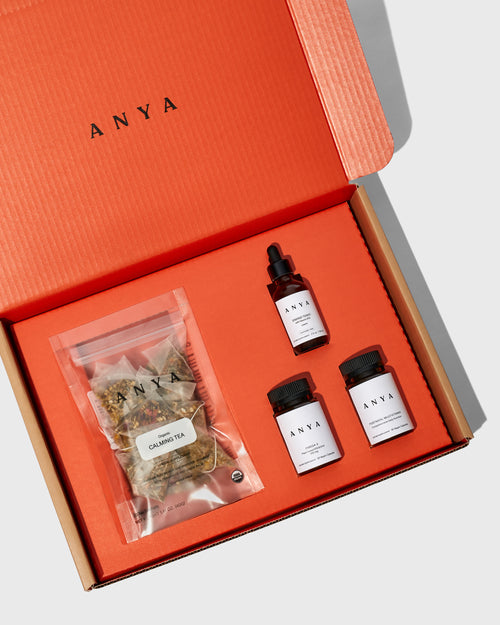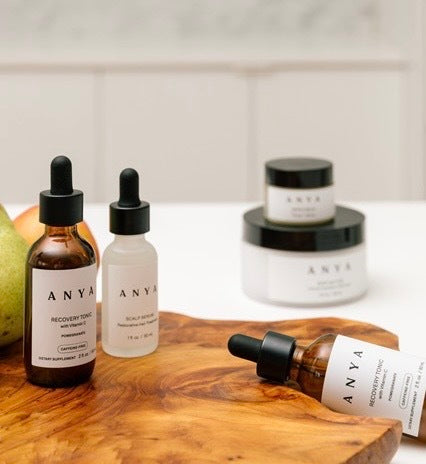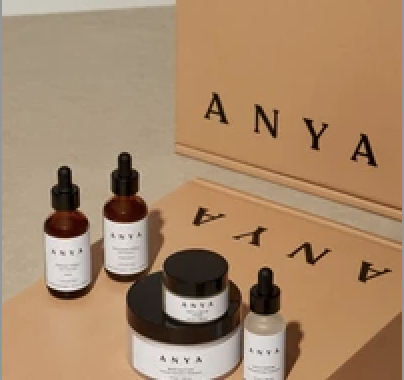Of all the gear (dear god, the gear) that’s about to fill up your home, perhaps no purchase will raise more questions than the breast pump.
“All moms have different needs, and all pumps offer different solutions,” says Heather McFadden, an international board-certified lactation consultant in New York City. “Portability, suction strength, and flange size are some of the most important variables to consider.” Thanks to the Affordable Care Act, your health insurance plan must cover the cost of a breast pump. That said, your specific plan may have guidelines on the type of pump covered (manual or electric) and when you’ll receive it (before or after birth). It’s a good idea to contact your insurance plan with questions about breastfeeding benefits prior to giving birth.
Best Overall Breast Pumps
$200 for S1 Plus, and $159 for S2 Plus
Pros: These pumps are powerful, quiet, and more affordable than others in its class. They have a good range of flange sizes, digital screens to track time, and a “massage mode” to stimulate letdown.
Cons: They’re on the heavier side (three pounds each) and need to be plugged in.
Bottom Line: They’re great for someone who is building a stockpile of milk in preparation for going back to work. McFadden suggests pumping once daily after the baby feeds to collect leftover milk. “Just small increments on a daily basis add up to quite a bit,” she says.
Best Hospital-Grade Breast Pump
$135 and up per month (see Medela directory for details)
Pros: It’s very efficient, and many lactation consultants consider it the most productive pump. It comes with a two-phase system designed to mimic the way a baby feeds.
Cons: It’s expensive, and it needs an outlet.
Bottom Line: This is a workhorse—perfect if you need to establish or increase milk. “It could be that your milk came in late, a poor latch, separation from baby at birth, or skipped feedings,” says McFadden. In those cases, “frequent removal of milk—every two to three hours—is important to establish and protect a good milk supply.” You can rent this pump at the hospital where you gave birth or rent from a medical supply store.
Best Hands-Free Breast Pump
$499
Pros: It’s super mobile—you can wear it inside your bra, it’s silent, and there are no tubes to deal with.
Cons: The motor isn’t very powerful, it’s hard to determine how much milk you are pumping, and it makes breasts look enormous.
Bottom Line: “So many moms go back to work and, because of the nature of their job, they just can’t be attached to a pump that plugs into a wall or has to sit on a desk,” says McFadden. “This gives them the freedom to continue pumping even when the circumstances aren’t ideal.”
Best Manual Breast Pump
Haakaa silicone breast pumps
$13.99 and up
Pros: The hands-free design of these pumps makes them incredibly portable and great for stimulating letdown before breastfeeding. There are no tubes or cords, and they don’t need to be charged.
Cons: The container fills up quickly.
Bottom Line: “It’s great for relieving pressure from engorgement without having to take out and plug in a larger, electric pump,” says McFadden. The Haakaa pumps use the power of suction to draw milk out gently. “It kills two birds with one stone because you can relieve pressure and collect milk without having to do much for it,” she says.
Best Portable Breast Pump
Pumpables Genie Advanced Portable Breast Pump
$180
Pros: It's compact, hands-free, powerful, and portable! It features gentle yet highly efficient suction, a rechargeable battery, and approximately three hours of pumping time, all while weighing only half a pound.
Cons: There are a lot of parts which can be difficult to wash and clean as it's not dishwasher friendly.
Bottom Line: This pump is as portable and mighty as you can get while being under $200! Lots of pumpers use it as their primary pump and it works with traditional flanges and bottles as well.

Anya Nipple Balm
What to Know about Flange Size
A flange is the plastic shield that fits directly over your nipple and forms a seal around the breast. And it’s the key to ensuring comfortable and productive pumping. “When the tunnel of the flange is placed on your breast, your nipple should have only a few millimeters of wiggle room on the sides, and it’s important to check this a few minutes into pumping,” says McFadden. If the flange is too large or too small, it can cause pain and swelling or poor suction. While the standard flange size is twenty-four millimeters, many pump manufacturers now offer smaller or larger flange sizes to accommodate different measurements (the general range is twenty to thirty millimeters). “Some resources recommend measuring the diameter of your nipple and adding three to five millimeters to find the proper fit, but it’s more reliable to view the nipple a few minutes into pumping and see that the nipple has a little space around it, and it’s not pressing against the sides of the flange,” says McFadden.






